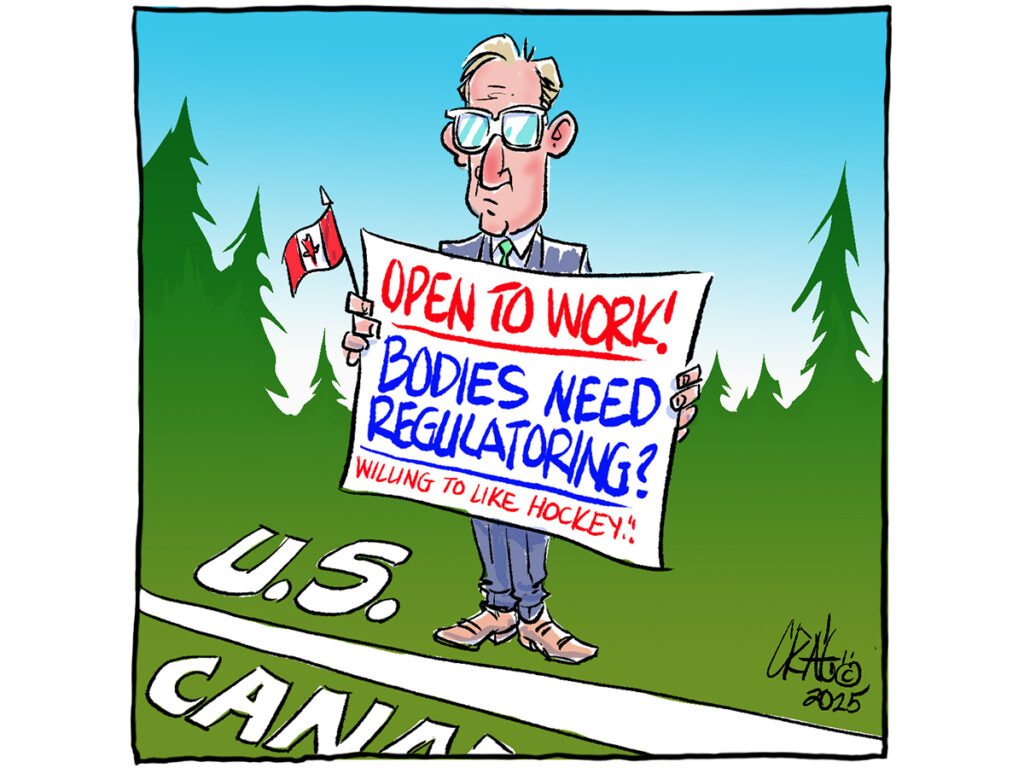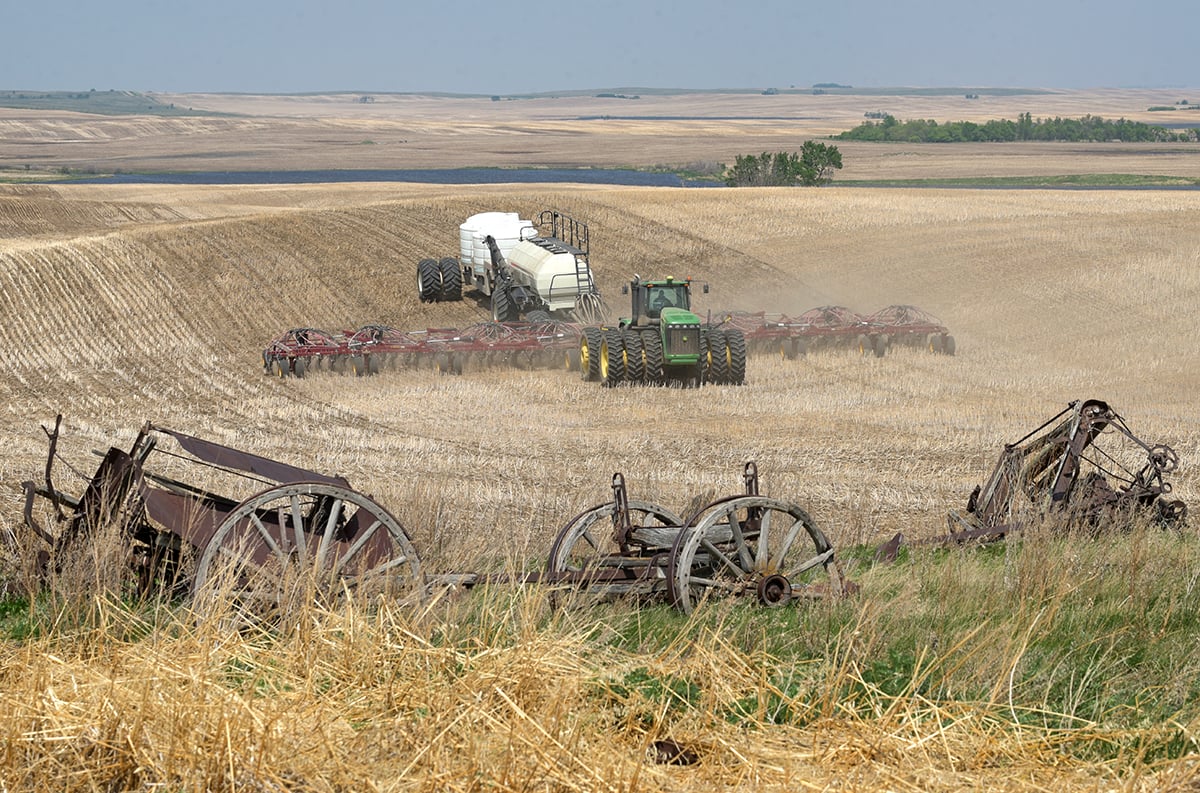Now is the time for Ottawa to modernize the Pest Management Regulatory Agency

Improving Canada’s productivity was a central pillar of prime minister Mark Carney’s election campaign, and he has his work cut out for him after many years of lacklustre gains.
For instance, Canada ranks 35th out of 38 Organization for Economic Co-operation and Development countries for regulatory burden, and farmers do get caught up in some of this red tape.
An issue that has peeved farmers for years, which they say prevents productivity gains in the agriculture sector, is the time it takes the Pest Management Regulatory Agency to evaluate agricultural cropping products.
Read Also


Seeding time brings back many memories from past decades
The size and complexity of today’s equipment would astound anyone from the 1980s. However, I still have a couple tandem grain trucks in use that are 1970s vintage, so not everything from back then is obsolete.
The PMRA has been wading through a renewal process for years, but there are few observers that seem happy with the progress.
The Wheat Growers Association recently said product-approval delays caused by the PMRA’s approach has created a competitive crisis for Canadian farmers because they don’t have access to the same tools that producers in the United States and Brazil have.
The group is calling for a radical reimagining of the regulatory agency so that it becomes less risk averse and instead uses a risk-managed approach. The producer group wants the agency to enhance, not erode, the competitiveness of Canadian farms.
Crop Life Canada recently said the PMRA’s Transformation Agenda has been costly and ineffective and continues to divert resources that should be invested on scientific core work and product registration.
On the other hand, groups such as the David Suzuki Foundation, Environmental Defence, Friends of the Earth Canada and the National Farmers Union said changes to the PMRA are not stringent enough because they do not strengthen maximum residue limits, will not strengthen environmental oversight of pesticides in any significant way and make the release of confidential test data discretionary.
This isn’t a file where the prime minister will find a middle ground that makes everyone happy.
The PMRA considers work done by the U.S. Environmental Protection Agency when reviewing product registrations.
However, the EPA is also undergoing a considerable reorganization as the Department of Government Efficiency (DOGE), led by Elon Musk, pressures long-standing employees to take buyouts.
It’s unclear how effective the EPA will be going forward, and it is important that Canada bolsters its domestic regulatory capabilities.
The PMRA is having trouble keeping up with an immense workload, and part of the problem comes from the difficulty recruiting staff that have the specific expertise required for the product registration and re-evaluation processes.
Beyond the hundreds of employees bought out of contracts at the EPA, more than 15,000 U.S. Department of Agriculture employees have left their jobs over the past few months.
This presents Health Canada with a significant pool of potential employees to choose from who have the technical skill sets that could help the PMRA to fulfill its mandate.
Improvements to the PMRA will need to go beyond increasing the budget and staffing, but this would be a good start, and there may never be a better time to import relevant expertise from the U.S.
Canada is known as one of the best places to source safe agri-food products, and a modernized and efficient PMRA will help maintain this reputation.
Canadian farmers must have access to the tools that allow them to compete for global markets, but they also need the protection of a robust regulatory authority that not only protects their health but also the industry’s public image.
Karen Briere, Bruce Dyck, Robin Booker, Paul Yanko and Laura Rance collaborate in the writing of Western Producer editorials.
Source: producer.com


